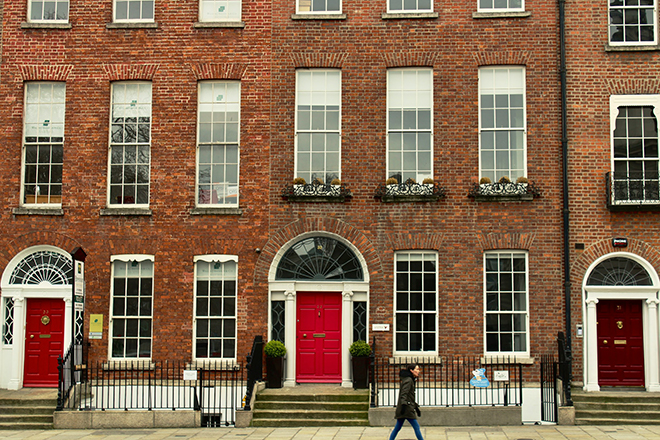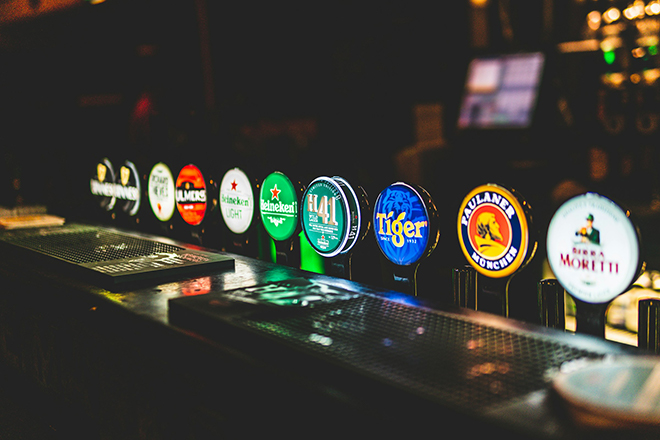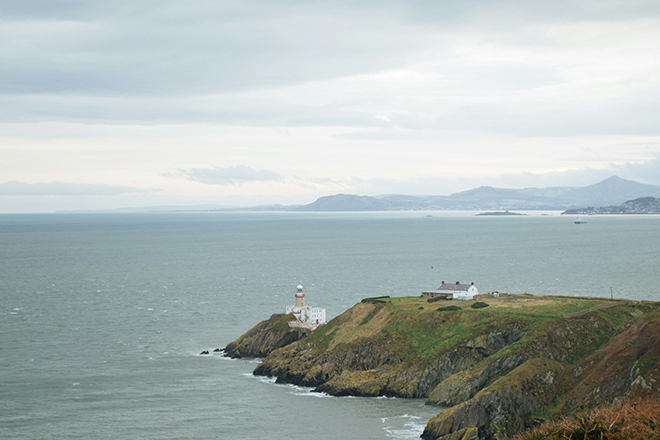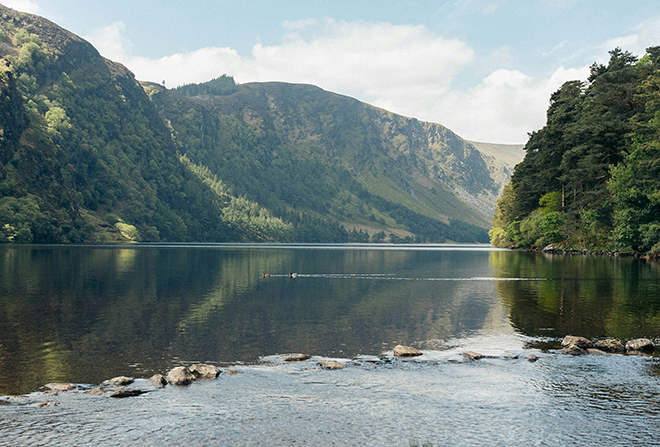Your guide to Dublin
Siblings:
AccommodationHow to get thereYour guide to DublinThis year, we bid you a warm welcome to one of Europe’s iconic windy cities – Dublin.
Go n-éirí an bothar leat, go raibh cóir na gaoithe i gcónaí leat! – May the road rise to meet you, and may the wind always be at your back!
Sitting at the end of the Gulf Stream, at the northwest edge of Europe, the Irish are no strangers to wind. The country’s famously rugged coast is a testament to the power of wind and weathering from the Atlantic. And today Ireland harnesses just under 5 GW of wind power – making up 36% of the total electricity mix. Definitely the ideal location to get to grips with all things wind!
But while the weather can be fast-changing, Dublin is very much an easy-going place. With a world-famous pub scene, historic Georgian neighbourhoods, elegant parks, beautiful natural surrounds, and a history stretching back over a thousand years, this is somewhere to explore at a leisurely pace.
Even the event venue is a stone’s throw from the city’s pleasant Grand Canal, with parks like St. Stephen’s Green, Iveagh Gardens and Merrion Square just beyond that. So plenty to see in the vicinity – and a good preview of what to expect in this “fair city”….
Many thanks to our Irish supporters for making us feel welcome in Ireland!
Over a millennium of history
As Ireland’s gateway to Europe, Dublin has passed through many different hands. At various times it was a Viking trading post, a powerful kingdom, England’s foothold in Ireland, the second city of the British Empire, and the capital of an independent state. The earlier periods are most obvious in the old core of the city – around Dublin Castle and Christ Church Cathedral (with its famous Dublinia Museum).
But it was the Georgian period that put Dublin on the map. During the 18th century Dublin was one of Europe’s largest and wealthiest cities, and the legacy of this can be seen across the city. Just a short walk north from the event venue are some of the best examples – the Georgian Quarter with its terraced townhouses, Trinity College (including its Long Room Library) and public buildings including the Custom House and the old Parliament on College Green.
A social institution
In the words of James Joyce, “a good puzzle would be to cross Dublin without passing a pub”. To this day, the pub is the centre of the Irish social universe – a place to meet friends, shelter from the elements, and listen to a session of traditional Irish music. And with nearly 800 pubs spread across Dublin, they are part of the city’s urban and cultural fabric.
Of course many of the world-famous drinks served in these pubs are locally sourced. Guinness has been brewed at St James’ Gate – to the west of the city centre – for more than 250 years. And there’s plenty for whiskey lovers to sample as well – including two distilleries (Jameson and Teeling) and a dedicated Whiskey Museum too.
A nursery for writers
One of Dublin (and Ireland’s) lasting contributions to the modern world is through the written word. Some of the most celebrated English-language authors, playwrights and poets have been Dubliners – Jonathan Swift, Bram Stoker, Oscar Wilde, James Joyce, William Butler Yeats, Samuel Beckett and Maeve Binchy to name a few. And while many found success abroad, the theme of Dublin is reflected in some of their most famous works.
In 2010 Dublin was named a UNESCO City of Literature, and literary events and gatherings such as Bloomsday (16 June) draw visitors from all over the world. And if you want to immerse yourself more in the Irish literary scene – past and present – check out the Museum of Literature Ireland near Stephen’s Green, about 15 mins walk from the event venue.
Looking seaward
Nowhere in Ireland is more than 90 km to the sea, and Dublin is very much a maritime city. Sitting at the mouth of the River Liffey, the coastline of Dublin Bay and beyond is easily reachable by train from the city centre. The DART commuter service will bring you from Pearse and Connolly train stations out to the coastal suburbs in either direction in under half an hour.
To the north, Howth Head offers visitors a scenic cliff walk, with views stretching across Dublin Bay and as far away as the Mourne Mountains in Northern Ireland. And heading south, you can visit Dublin’s pleasant Victorian seaside suburbs – Sandymount, Dún Laoghaire, Dalkey and beyond – with more opportunities for scenic hikes.
Sampling the Irish landscape – day trips from Dublin
If mountain vistas are your thing, or if you’re just keen to see some uniquely Irish scenery, your best bet is to head south to the Wicklow Mountains. The jewel in the crown is Glendalough – an early Christian monastery set in a glen bound on either side by two lakes. A bus leaving from St Stephen’s Green runs twice daily to Glendalough and takes around 90 minutes either way – see more details here.
Once there, you can take a look at the 1,400-year-old monastic settlement, with its centrepiece round tower dominating the scene. Nine separate hiking trails will take you up either direction of the glen, bringing you round the glacial lakes, far up into the surrounding hills and forests, and further beyond across the Wicklow Mountains.









